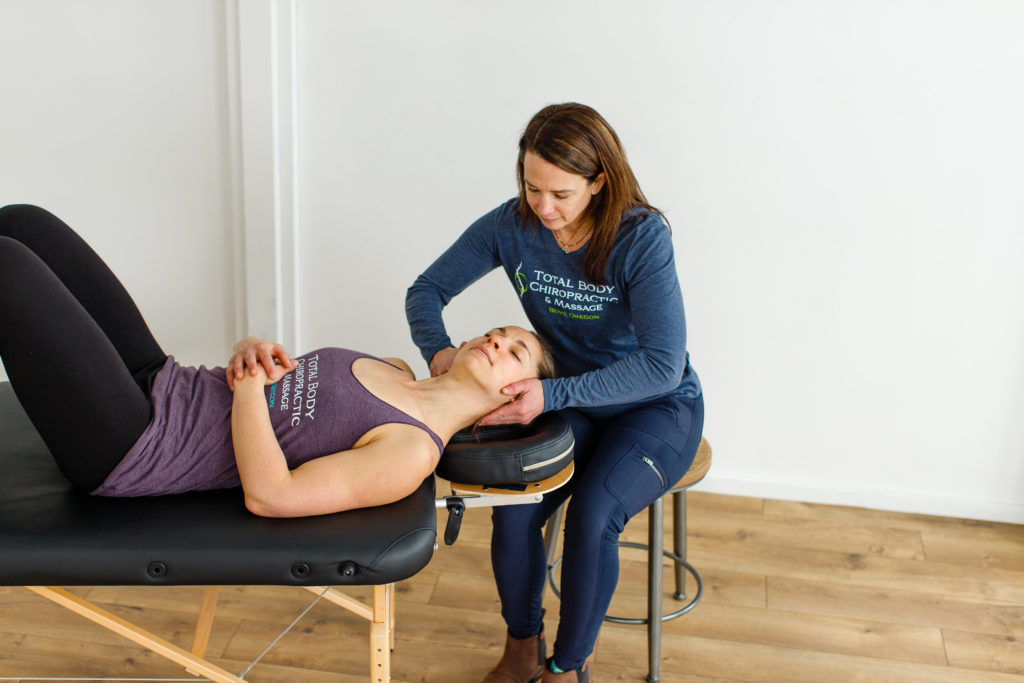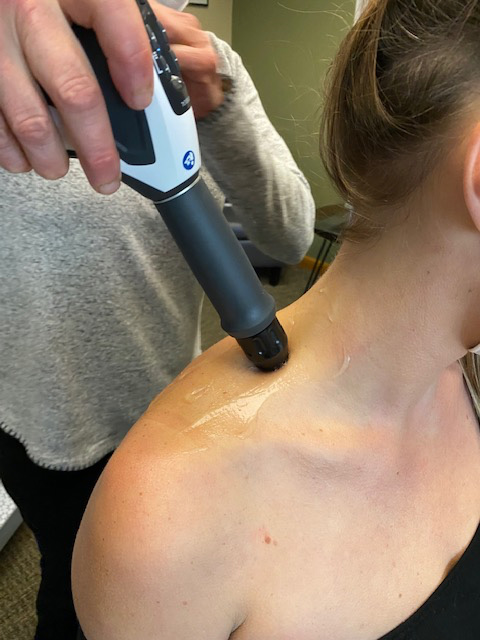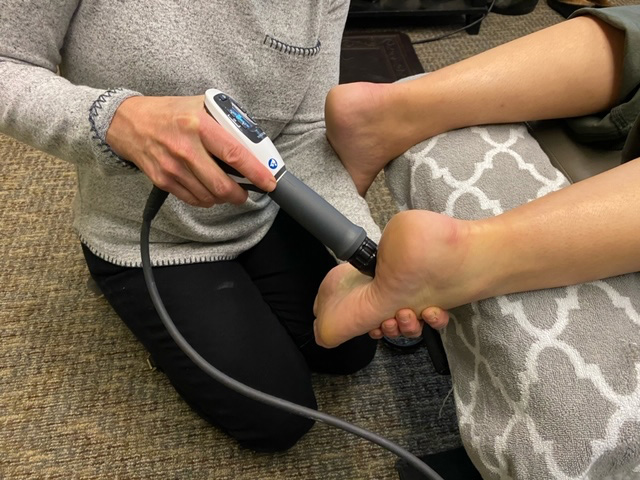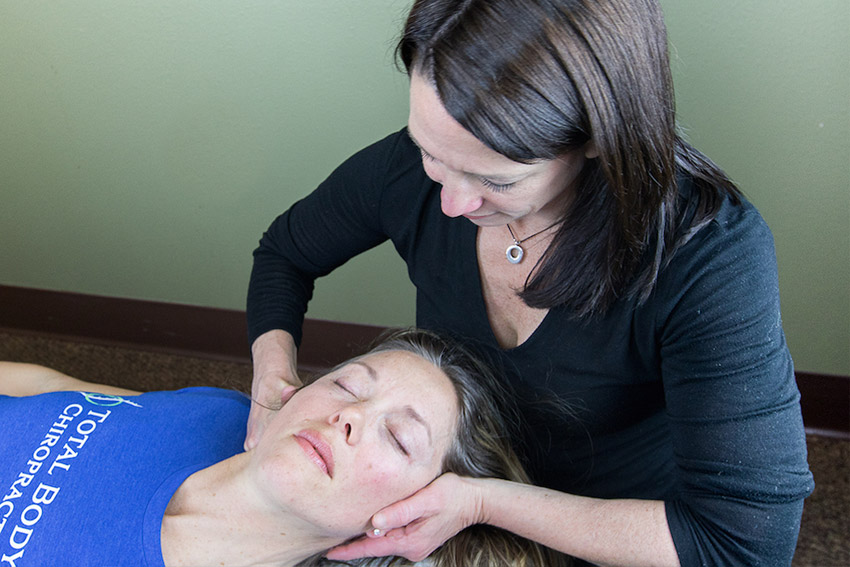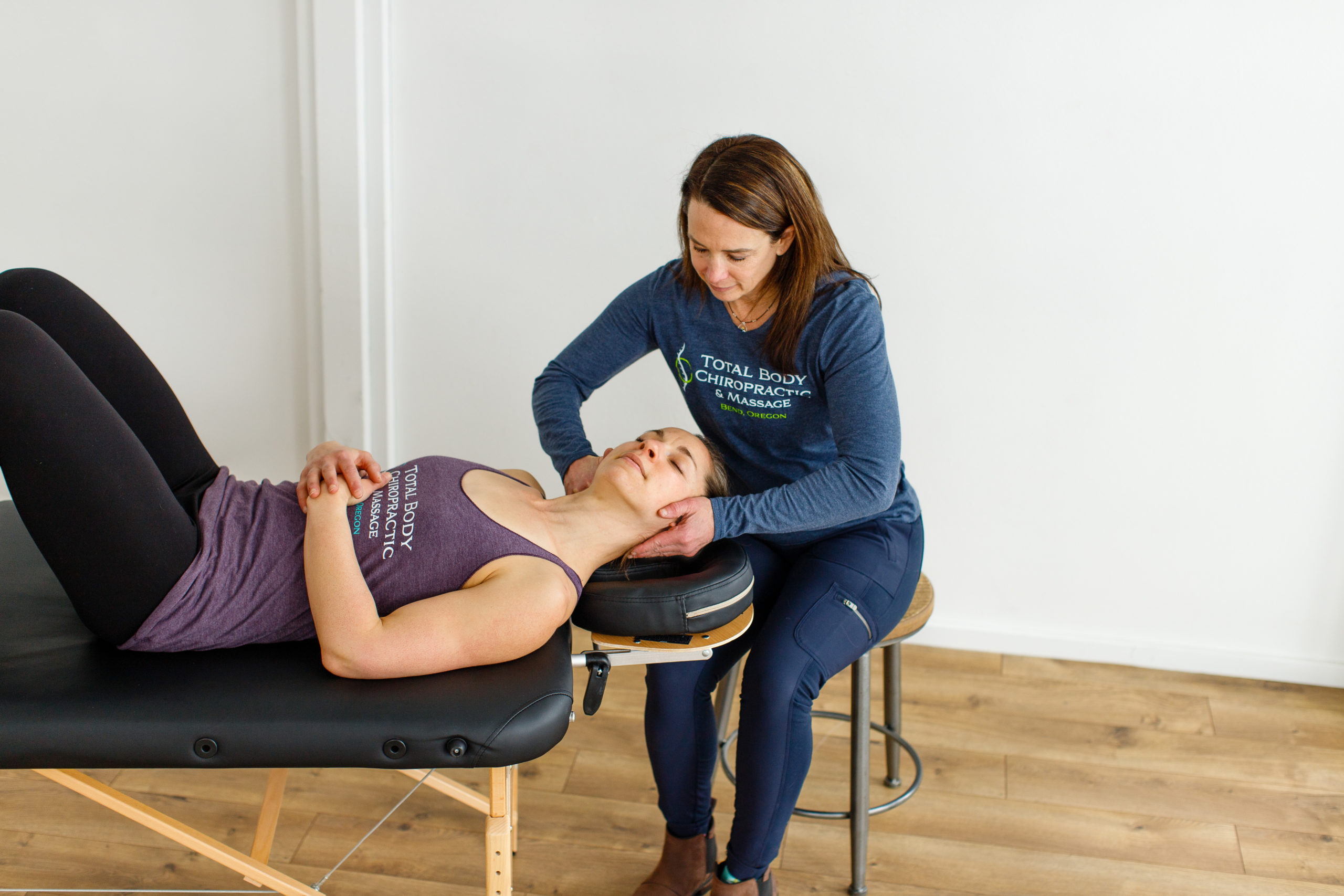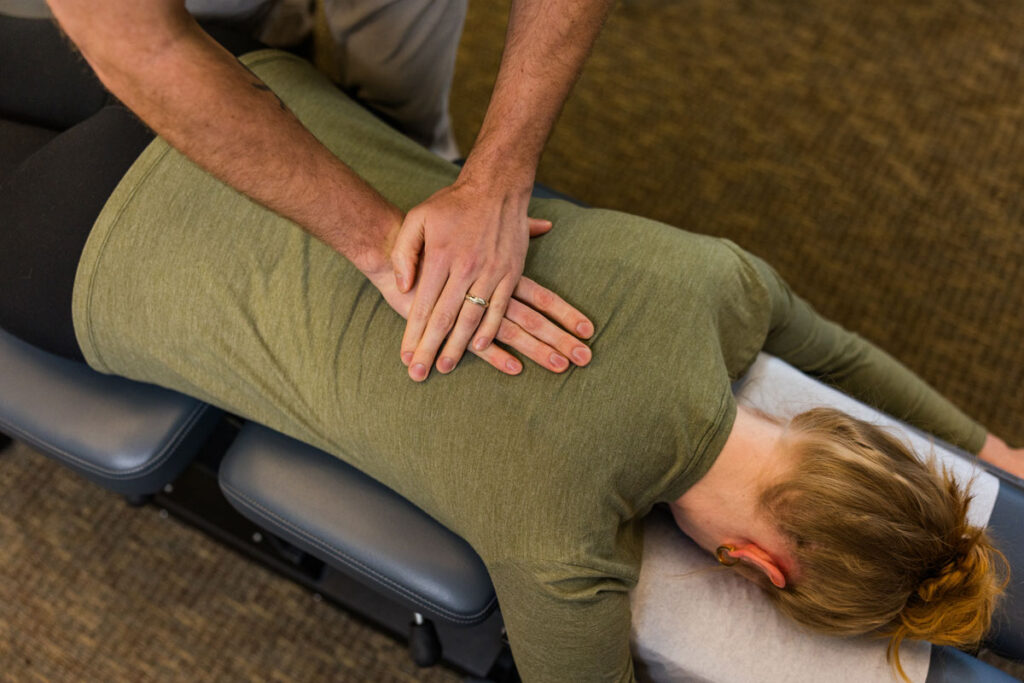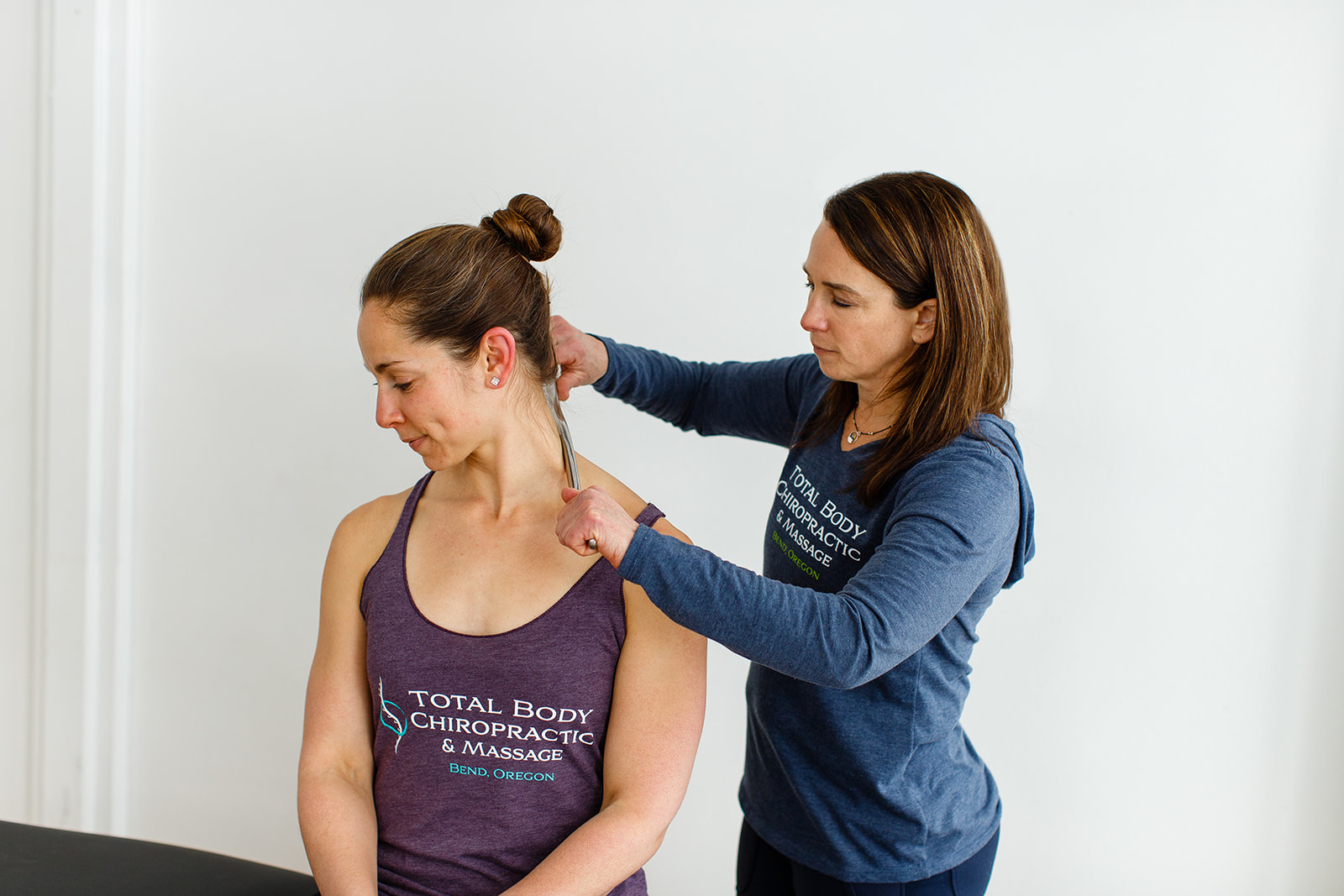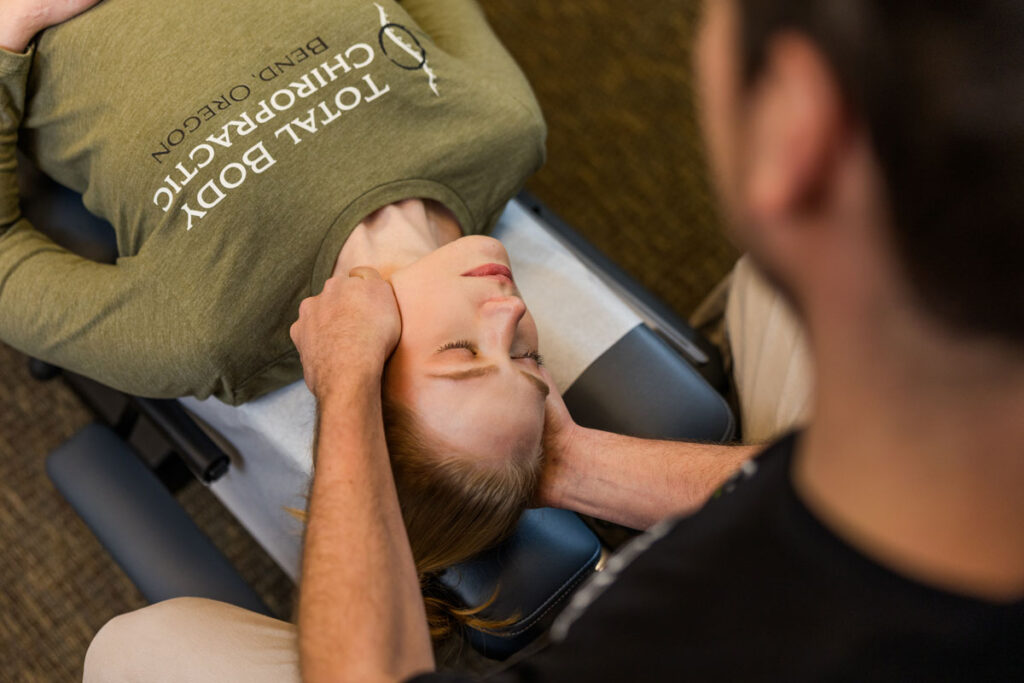How Do Chiropractors Know What to Treat?
When it comes to addressing pain and discomfort in the body, your chiropractor in Bend, Oregon plays a pivotal role in diagnosing and treating a wide range of musculoskeletal issues. But how do they know exactly what to treat and where to adjust? The process is both an art and a science, involving a comprehensive assessment that combines patient history, physical examinations, diagnostic imaging, and specialized tests. This careful and methodical approach ensures that each patient receives a personalized treatment plan aimed at restoring health and enhancing well-being. In this blog post, we explore the various techniques and methodologies your Bend chiropractic team uses to determine the best course of treatment, providing insights into the process behind effective chiropractic care.

Here is a comprehensive overview of how chiropractors know where to adjust:
Initial Consultation and Patient History
- Comprehensive Medical History: Your chiropractor begins by gathering a detailed medical history, including past injuries, surgeries, and any chronic conditions.
- Lifestyle and Occupation: Understanding your lifestyle and occupation can provide insights into potential sources of musculoskeletal issues.
- Pain Location and Description: Describe your pain, including its location, intensity, and duration.
- Activity Impact: Discuss your symptoms affect daily activities and movements.
Physical Examination
- Visual Assessment: Your chiropractor will observe your posture, looking for misalignments or imbalances in the spine and body.
- Standing and Sitting: Examination in different positions to identify any deviations from normal posture.
- Joint Flexibility: Your Bend chiropractor will assess the flexibility and range of motion in the spine and other joints.
- Movement Restrictions: Identify areas where movement is restricted or painful.
- Spinal Palpation: Your chiropractor uses their hands to feel the spine for abnormalities, such as muscle tightness, tenderness, or misalignments.
- Soft Tissue Palpation: Assess the condition of surrounding muscles and tissues for tightness or spasms.
Diagnostic Imaging
- Spinal Alignment: X-rays provide a clear view of the spinal alignment and help identify any structural issues.
- Bone Health: Check for signs of degeneration, fractures, or other abnormalities.
- Soft Tissue Examination: MRI or CT scans are used to examine soft tissues, such as discs, nerves, and muscles.
- Detailed Images: Provide detailed images to identify issues not visible on X-rays.
Neurological and Orthopedic Tests
- Reflex Testing: Evaluate the reflexes to check for nerve function and potential neurological issues.
- Sensory Tests: Assess sensation and strength in different parts of the body to identify nerve compression or damage.
- Specialized Movements: Your chiropractor will use specific movements and positions to isolate and identify problem areas.
- Joint Stability: Test for joint stability and identifying any structural weaknesses.
Motion Palpation
- Spinal Movement: Your chiropractor will assess the movement of each vertebra during various motions.
- Segmental Mobility: Identify segments of the spine that are not moving correctly or are restricted.
- Evaluating Joint Play: Assess the small movements within the joint to detect restrictions or misalignments.
- Functional Movements: Observe how the spine and joints move during normal functional activities.
Functional Assessment
- Walking Patterns: Analyze your walking patterns to identify any imbalances or irregularities.
- Foot Alignment: Check the alignment and function of your feet as they relate to overall posture and spinal health.
- Daily Activities: Assess how your perform daily activities to identify movements that may contribute to pain or dysfunction.
- Repetitive Movements: Evaluate repetitive movements that might be causing or exacerbating musculoskeletal issues.
Patient Feedback
- Adjusting Techniques: Monitor how you respond to specific adjustments to determine effectiveness.
- Symptom Improvement: Incorporate your feedback on symptom improvement to guide future adjustments.
- Pain Levels: Regularly discuss pain levels and functional improvements with the patient.
- Adjustment Modifications: Modify adjustment techniques based on patient feedback and progress.
Your chiropractor in Bend will take a comprehensive approach to determine where to adjust, combining patient history, physical examinations, diagnostic imaging, and functional assessments. This holistic method ensures that each adjustment is tailored to the individual’s specific needs, promoting optimal spinal health and overall well-being. By continuously monitoring and adjusting their techniques based on patient feedback and progress, your chiropractor can provide effective and personalized care to meet your health goals.
What Does your Bend Chiropractor Treat?

Your Bend chiropractors are healthcare professionals who specialize in diagnosing and treating disorders of the musculoskeletal system, particularly those related to the spine. Their approach emphasizes manual adjustment and manipulation of the spine and other joints to provide pain relief and improve function. Here are some of the primary conditions and issues that chiropractors treat:
1. Back Pain
Lower Back Pain:
- Chronic Pain: Chiropractors in Central Oregon frequently treat chronic lower back pain, often caused by poor posture, prolonged sitting, or repetitive strain.
- Acute Pain: Sudden injuries or strains from lifting heavy objects can also lead to lower back pain, which chiropractic care can help alleviate.
Upper Back Pain:
- Postural Issues: Poor posture and sedentary lifestyles contribute to upper back pain, which chiropractors address through spinal adjustments and posture correction.
- Muscle Strain: Overuse or tension in the muscles can lead to pain, treated through targeted adjustments and therapeutic exercises.
2. Neck Pain
Cervical Spine Issues:
- Whiplash: Commonly resulting from auto accidents, whiplash involves the rapid back-and-forth movement of the neck, leading to pain and stiffness that chiropractors treat with gentle adjustments.
- Degenerative Disc Disease: Age-related wear and tear on the cervical spine can cause neck pain, which chiropractic care can help manage.
Tech Neck:
- Posture Correction: The increasing use of smartphones and computers leads to forward head posture and neck strain, addressed through chiropractic adjustments and ergonomic advice.
3. Headaches and Migraines
Tension Headaches:
- Muscle Tension: Often resulting from muscle tension in the neck and shoulders, tension headaches can be alleviated by chiropractic adjustments and muscle relaxation techniques.
- Stress Relief: Chiropractors may also recommend lifestyle changes and stress management techniques to reduce headache frequency.
Migraines:
- Spinal Alignment: Misalignments in the cervical spine can contribute to migraines, and chiropractic adjustments aim to correct these misalignments and reduce migraine frequency and severity.
4. Joint Pain and Dysfunction
Shoulder Pain:
- Rotator Cuff Injuries: Chiropractors can help manage shoulder pain from rotator cuff injuries through adjustments and rehabilitative exercises.
- Frozen Shoulder: This condition, characterized by stiffness and pain in the shoulder joint, can be treated with chiropractic techniques to improve mobility.
Knee Pain:
- Arthritis: Chiropractic care can help manage the pain and stiffness associated with knee arthritis through adjustments and supportive therapies.
- Patellar Tracking Issues: Misalignment of the knee cap can cause pain and be addressed with specific chiropractic adjustments.
5. Sciatica
Nerve Compression:
- Spinal Adjustments: Sciatica, characterized by pain radiating down the leg from the lower back, is often caused by nerve compression. Chiropractic adjustments aim to relieve this pressure and alleviate lower back and hip pain.
- Exercise Recommendations: Chiropractors may also prescribe exercises to strengthen the muscles supporting the spine and reduce sciatica symptoms.
6. Sports Injuries
Strains and Sprains:
- Acute Injuries: Chiropractors treat acute sports injuries like strains and sprains with adjustments, soft tissue therapy, and rehabilitation exercises.
- Injury Prevention: They also provide advice on injury prevention through proper biomechanics and conditioning.
7. Carpal Tunnel Syndrome
Wrist and Hand Pain:
- Nerve Compression: Caused by compression of the median nerve, carpal tunnel syndrome can be managed with chiropractic adjustments to the wrist and recommendations for ergonomic changes.
- Rehabilitation Exercises: Chiropractors may also suggest exercises to strengthen the muscles of the wrist and hand.
8. Scoliosis
Spinal Curvature:
- Postural Correction: Chiropractic wellness can help manage the symptoms of scoliosis, a condition characterized by an abnormal lateral curvature of the spine.
- Pain Management: Adjustments and exercises aim to improve spinal alignment and reduce pain associated with scoliosis.
Chiropractors treat a wide range of conditions related to the musculoskeletal system, focusing on non-invasive techniques to alleviate pain and improve function. Their chiropractic treatment addresses the root causes of discomfort, promoting optimal health. Whether dealing with chronic back pain, acute injuries, or postural issues, chiropractic care offers a natural and effective solution for many individuals seeking pain relief and better health. Contact our chiropractors in Bend today for an initial consultation.




